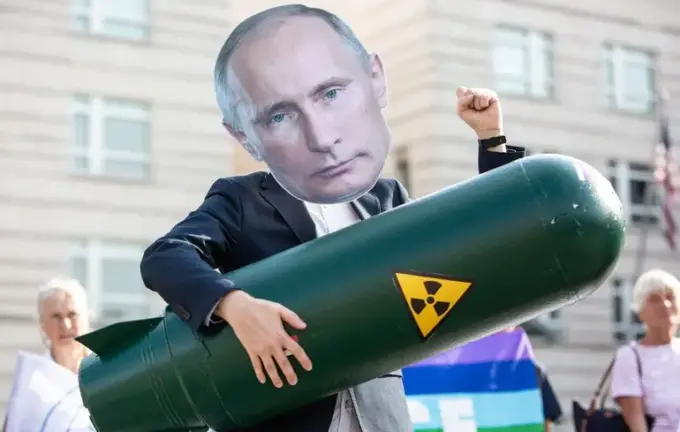Intelligence Reports on New Russian Nuclear Missile ‘Burevestnik’: Threats and Global Security Challenges

International analysts and intelligence agencies from the US and Europe have received information about Russia’s new nuclear-powered missile called ‘Burevestnik,’ raising concerns over its potential to shift the balance of power.
According to Reuters, this ground-launched cruise missile can fly low and has unlimited range, making it one of the most innovative and dangerous weapons in Russia’s arsenal.
First revealed by Vladimir Putin in March 2018, the missile is claimed to be capable of evading Western missile defense systems and performing prolonged flights.On Sunday, President Putin emphasized the missile’s unique capabilities: it can remain airborne for 15 to 20 hours and cover more than 14,000 km, enabling intercontinental strikes.
Russian Defense Chief Valery Gerasimov confirmed that the missile was tested on October 21, during which it was powered by a nuclear energy unit, significantly extending its operational range and positioning it as a formidable strategic tool.Security experts suggest that ‘Burevestnik’ could stay in flight for several days, thanks to its low-altitude flight path—only 50-100 meters above ground—making it difficult to detect via radar and increasing threats to air defense systems.
However, some Western analysts remain skeptical about its practical combat capabilities, citing past failed tests and nuclear safety risks associated with potential accidents.Estimates from international research centers indicate that ‘Burevestnik’ could have a range up to 20,000 km, capable of targeting the United States or Europe from any point within Russia.
Yet, its real-world deployment remains uncertain due to technical and safety challenges.
The missile’s launch is believed to involve a solid-fuel booster with a miniature nuclear reactor that emits radioactive air during ignition, adding another layer of danger.
While developers see the missile as a new strategic asset for Russia, its troubled testing history and associated hazards paint a rather alarming picture for global security.

